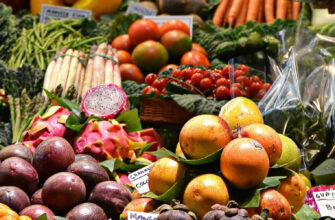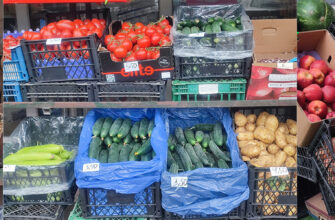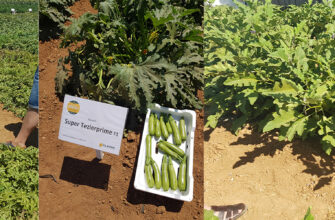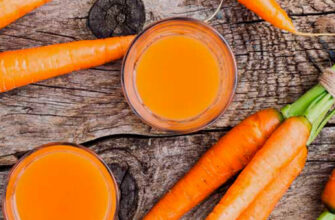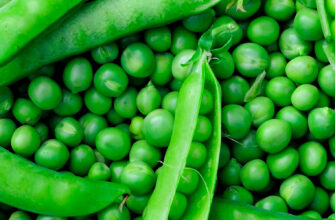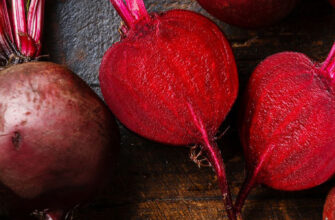Cucumbers come in many varieties… Today, I will share with you my research on the culture of cucumber consumption in England. The English eat a lot of cucumbers—they are present in many dishes, especially in sandwiches, salads, sliced platters, and are popular in cucumber rolls, sushi, refreshing drinks, fast food, and more.
What makes “English” cucumbers special?
It’s the fact that the English almost never eat the kind of cucumbers Ukrainians love—gherkins. We’re used to cucumbers being short, “spiky,” ranging in color from light to dark green, with either large or small prickles. In England, gherkins are very rarely seen. Locals prefer a completely different type of cucumber.
They mostly eat long cucumbers—25 to 30 cm in length, 3 to 5 cm in diameter, absolutely smooth and dark green in color. In shops and markets, cucumbers are sold individually! Every single cucumber is wrapped in vacuum-sealed plastic, which extends its shelf life—it doesn’t wilt as quickly and is protected from external damage.
Each cucumber has its own barcode and country of origin, so there’s no need to weigh it! All you have to do is take it from the shelf and scan it at the checkout. The price of one cucumber can range from 60 pence to £1.50. The price depends mainly on the size and weight of the cucumber, and whether it’s organic or not. A small cucumber, 20–25 cm long, might weigh 300–400 grams, while a large one can weigh over 600 grams.
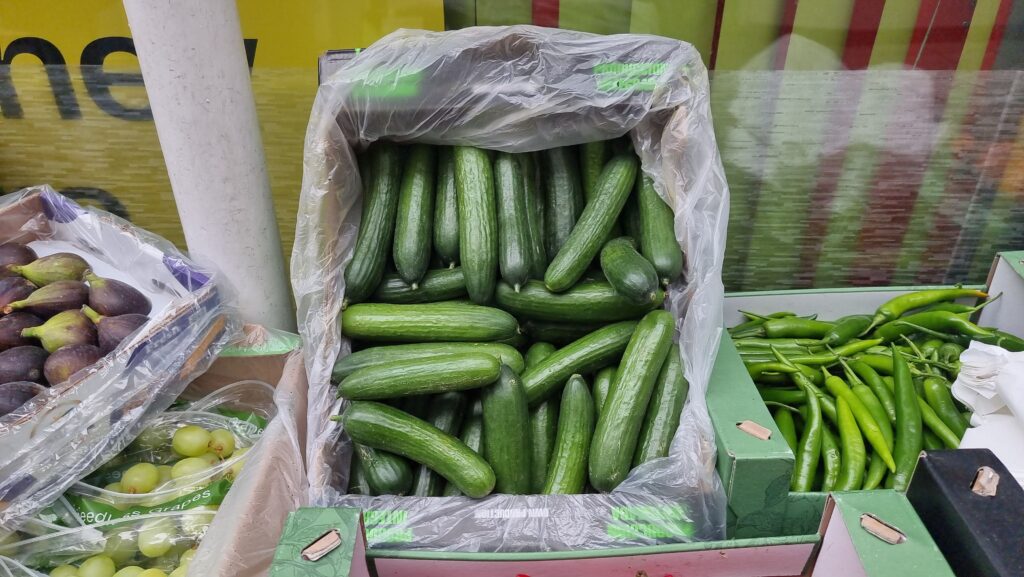
10 Reasons Why This Type of Cucumber Is So Popular
“Why exactly these cucumbers?” you might ask. Here are several important reasons that have shaped the cucumber consumption culture in England:
- Most cucumbers are imported, with Spain being the largest supplier. Vacuum-sealed plastic helps these cucumbers stay fresh longer—they retain moisture and remain crisp for an extended time.
- Smooth cucumbers don’t damage each other with spikes or rough skin, preserving their marketable appearance.
- The English are perfectionists and appreciate beautiful food presentation. Large cucumbers are usually sliced with slicers (like the ones used in supermarkets to cut salami and cheese), giving dishes a neat, appetizing look.
- This type of cucumber is easier and more convenient to work with—washing one long cucumber is simpler than washing 10–20 small ones. The same goes for slicing: one cucumber = less effort.
- Standardization matters—let’s say a hamburger requires exactly 20 grams of cucumber (don’t check the numbers, I made them up!). With this type of cucumber, it’s easier to stay accurate since the slices are more uniform in weight.
- The skin of large cucumbers is softer and more delicate compared to that of gherkins.
- Back to food again—dishes like sushi, cucumber rolls, and salads that require lengthwise slicing are easier to prepare using long cucumbers. I’ve tested this myself and was very pleased with the result.
- The seeds in these cucumbers are smaller, which makes them look more visually appealing.
- Peeling these cucumbers is faster and easier. Why make life harder?
- When cut into sticks, they also look much more attractive.
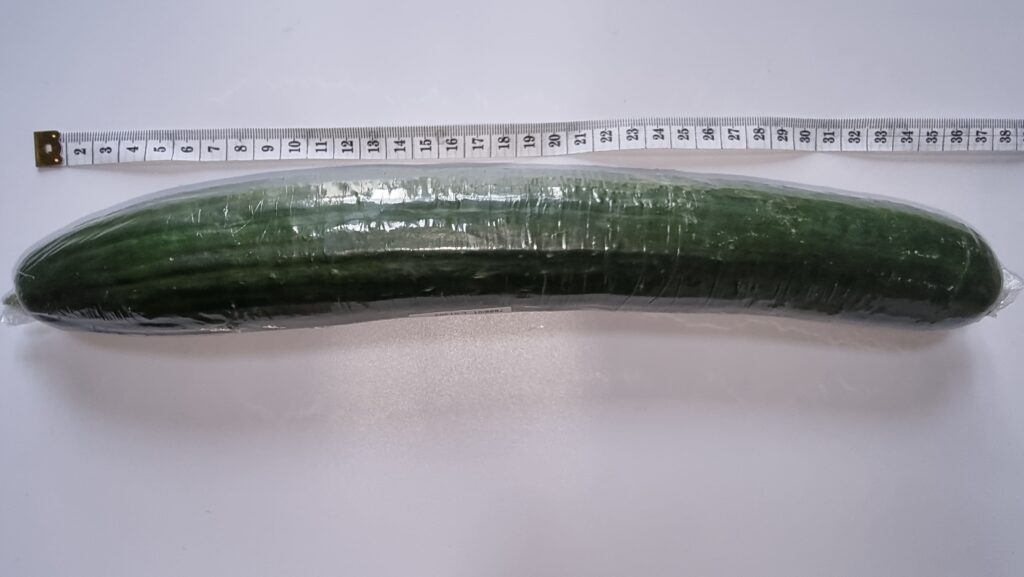
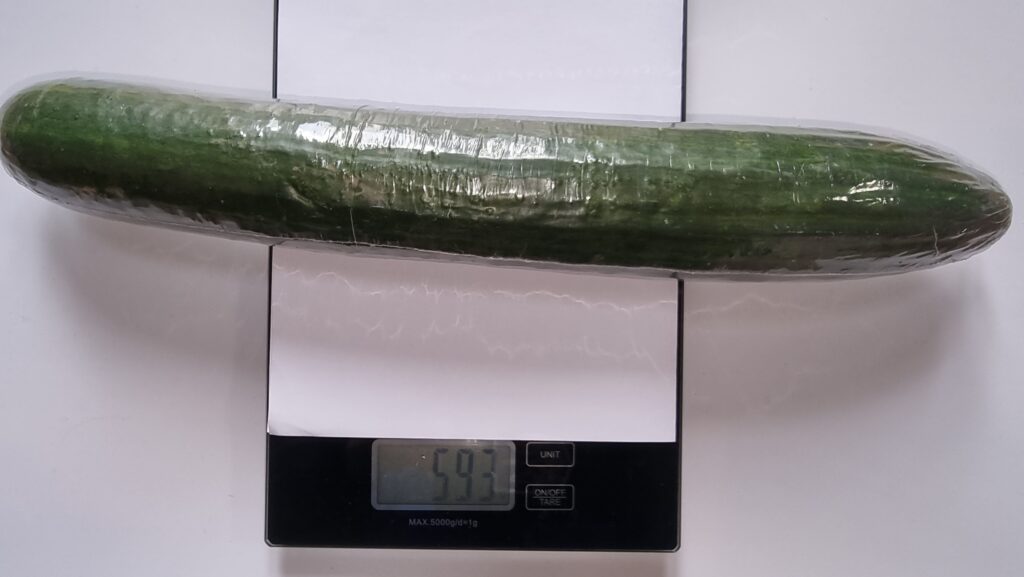
That’s the list of advantages of long cucumbers. “Are they tasty?” you might ask. Sometimes, yes—but honestly, I’ve never tasted one better than a gherkin!
Fun Facts You Can Find in UK Supermarkets
What surprised me the most is that you can actually buy half a cucumber. Yes—half! It costs about 50 pence, and it’s perfect for those who live alone or just need a small amount. You can sometimes find short, smooth-skinned cucumbers too, but they’re rare—there just isn’t much demand for them.
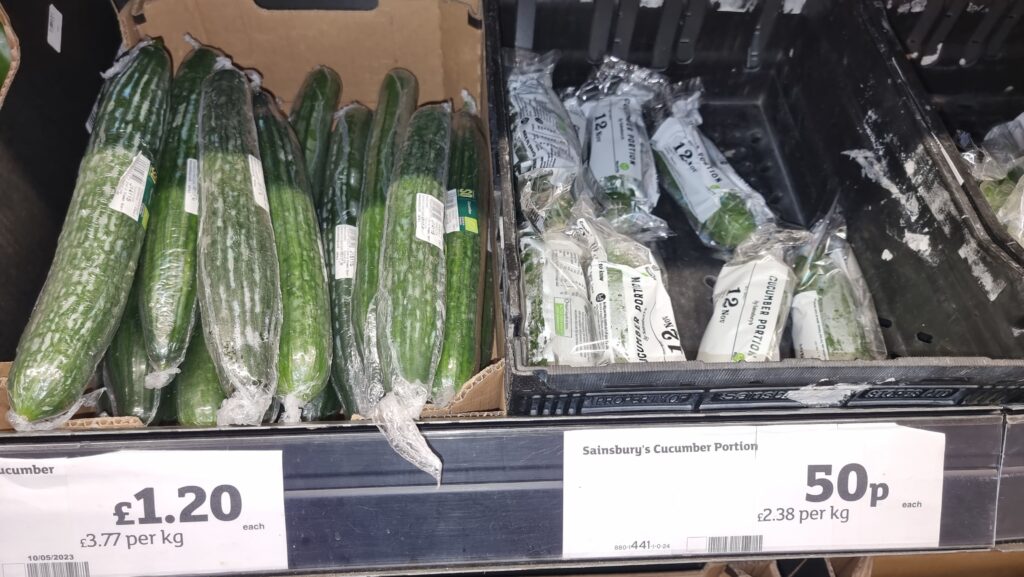
Can you buy gherkin-type cucumbers in England? Yes, you can! But usually only in specialized shops—typically Polish stores. The price for these cucumbers is usually higher.
However, the selection of pickled gherkins is truly delightful. The English pickle gherkins specifically, because you simply can’t fit a 30 cm cucumber into a jar! Prices vary depending on jar size, starting at £1.50 and going up to £4.00.
I found more than 20 types of pickled cucumbers: baby or cocktail gherkins, sliced into rings, slices, wedges, classic whole gherkins, with onion, with mustard, in sweet sauces, spicy with chili, special pickles for sandwiches and hamburgers—even pickled cucumber paste.
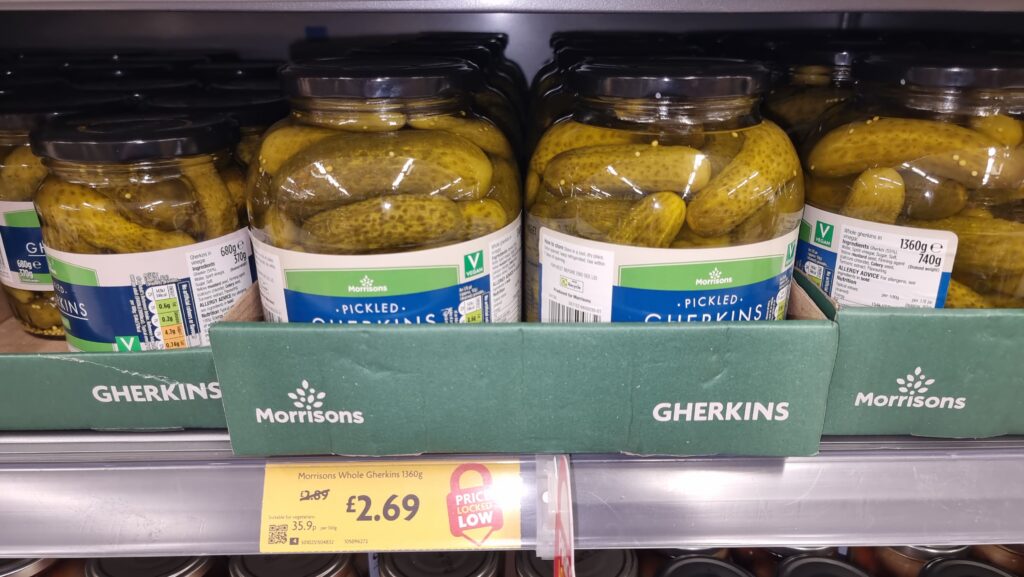
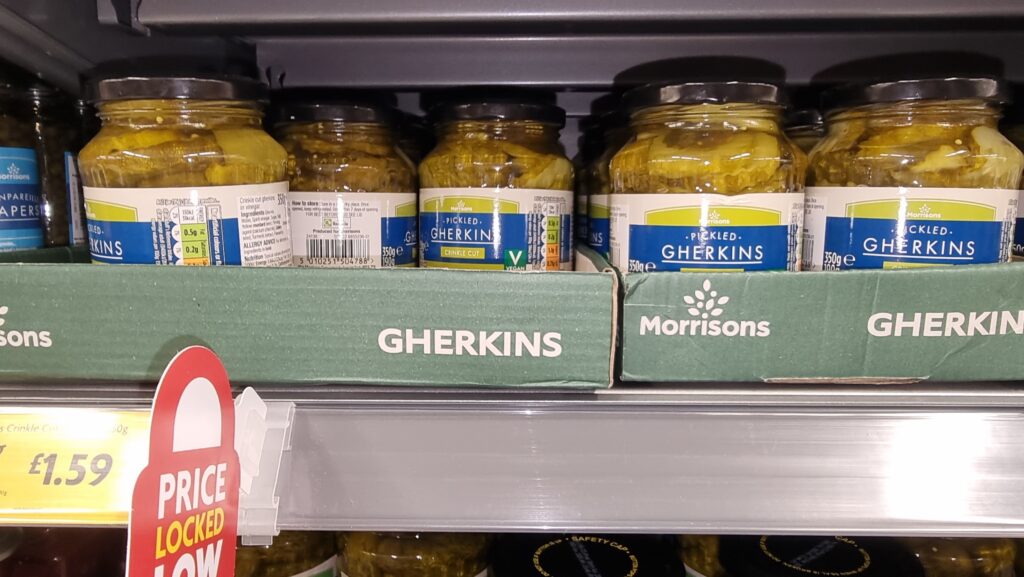
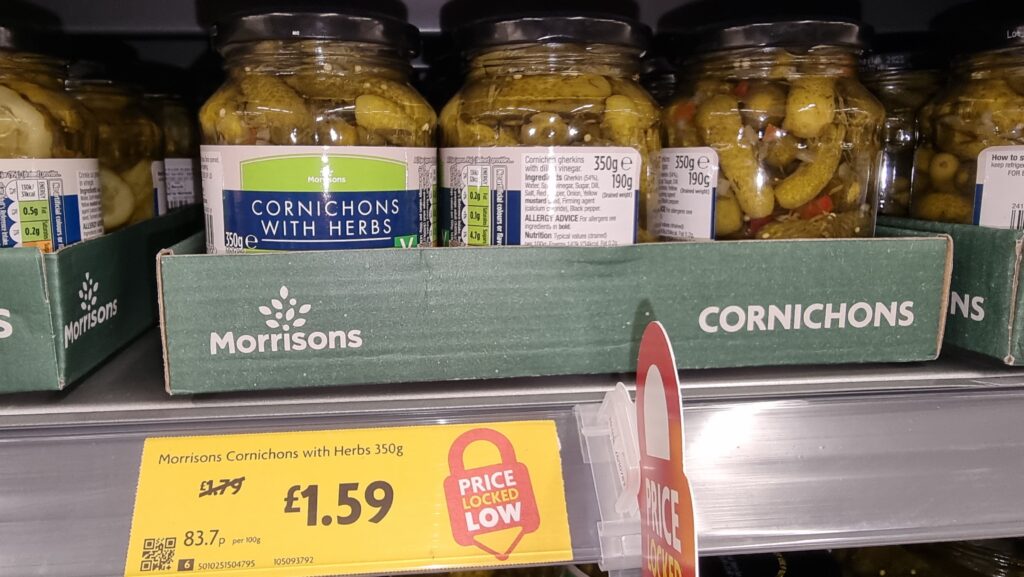
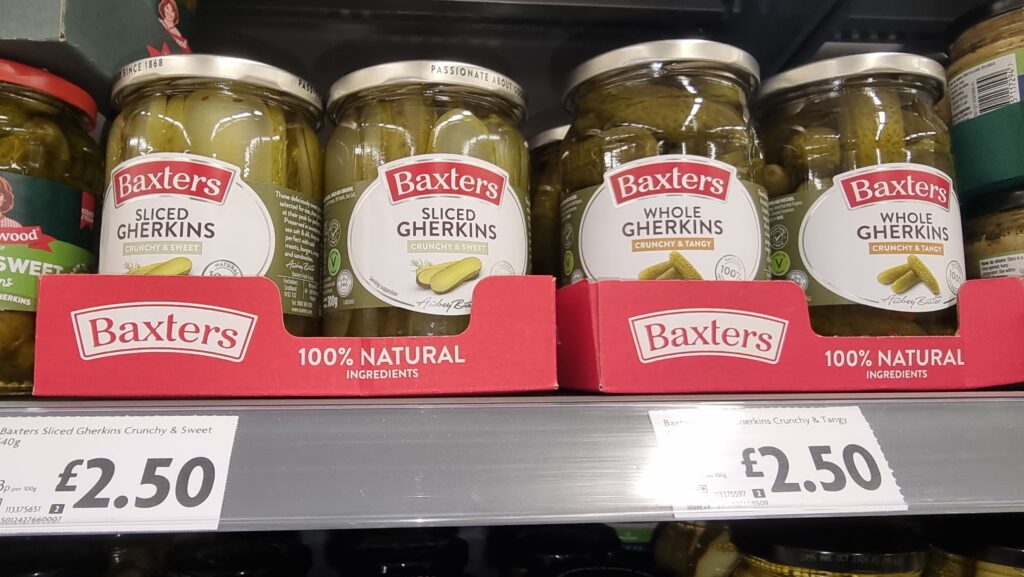
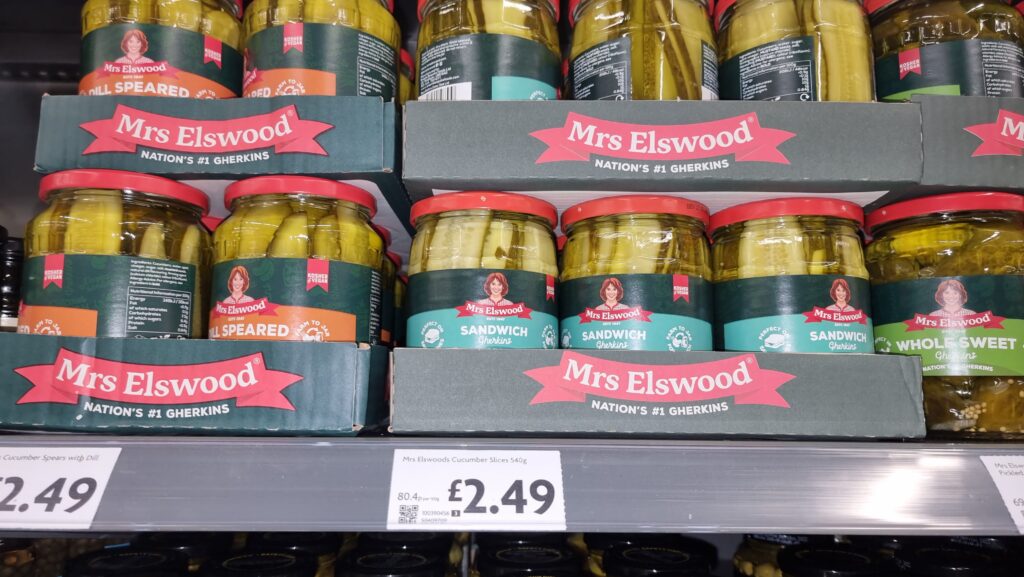
That’s all for today! Stay tuned for the next research update from Iryna at AgroCity.
If you have found a spelling error, please, notify us by selecting that text and pressing Ctrl+Enter.

